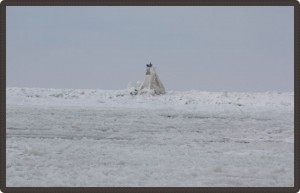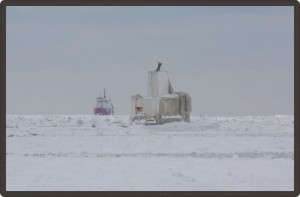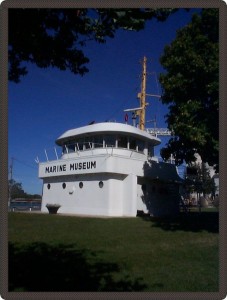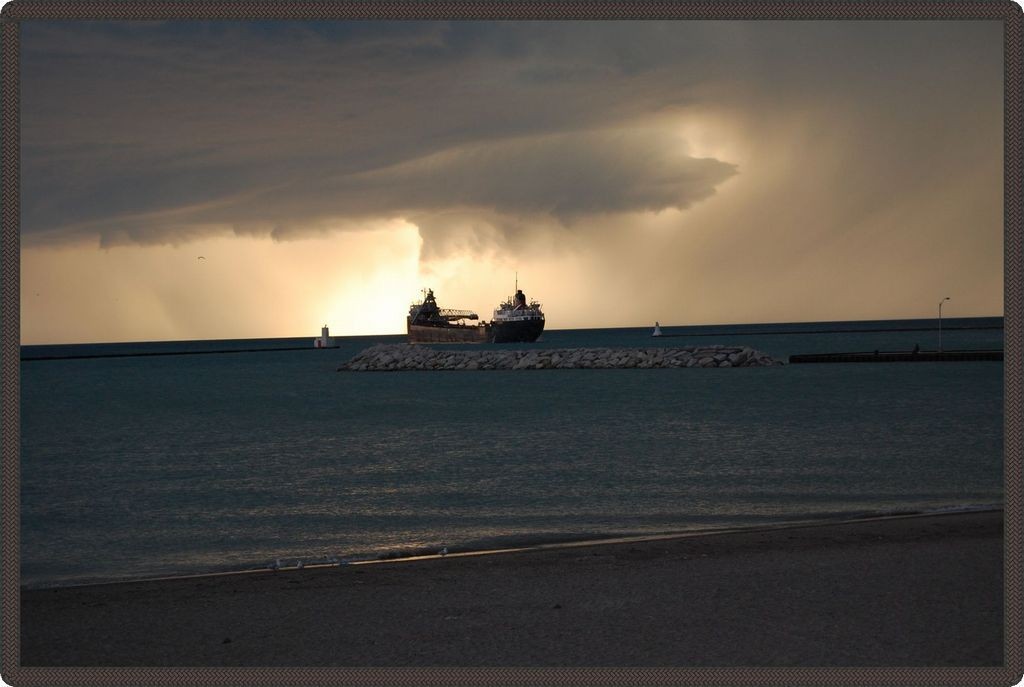The ineffective foghorn
 One of the problems brought up at the inquest was the communication between the lighthouse keeper at the top of the hill and the foghorn station at the bottom of the hill. While the lighthouse was the best vantage point for determining whether the foghorn should be used, there was no direct communication between the lighthouse keeper and the foghorn station. The only way to communicate was for the lighthouse keeper to go down the hill to the foghorn station.
One of the problems brought up at the inquest was the communication between the lighthouse keeper at the top of the hill and the foghorn station at the bottom of the hill. While the lighthouse was the best vantage point for determining whether the foghorn should be used, there was no direct communication between the lighthouse keeper and the foghorn station. The only way to communicate was for the lighthouse keeper to go down the hill to the foghorn station.
 The effectiveness of the foghorn was also called into question. The horn was said to be useless in stormy weather because of the loud winds and the sound of the waves crashing on the shore. Many of the witnesses questioned wondered whether sounding the foghorn would have made any difference during the storm.
The effectiveness of the foghorn was also called into question. The horn was said to be useless in stormy weather because of the loud winds and the sound of the waves crashing on the shore. Many of the witnesses questioned wondered whether sounding the foghorn would have made any difference during the storm.
 It was also believed that the foghorn was not in a good location. At the time, the foghorn was located at the Electric Light and Water Plant, which is where the Marine Museum now stands, a few hundred feet from the lake. After the Great Storm, the foghorn was moved out to the south breakwater.
It was also believed that the foghorn was not in a good location. At the time, the foghorn was located at the Electric Light and Water Plant, which is where the Marine Museum now stands, a few hundred feet from the lake. After the Great Storm, the foghorn was moved out to the south breakwater.


